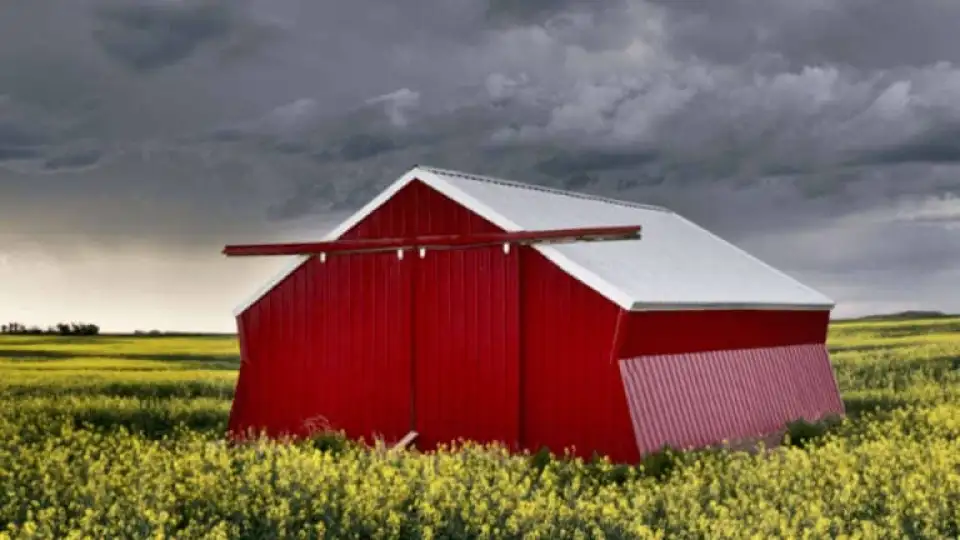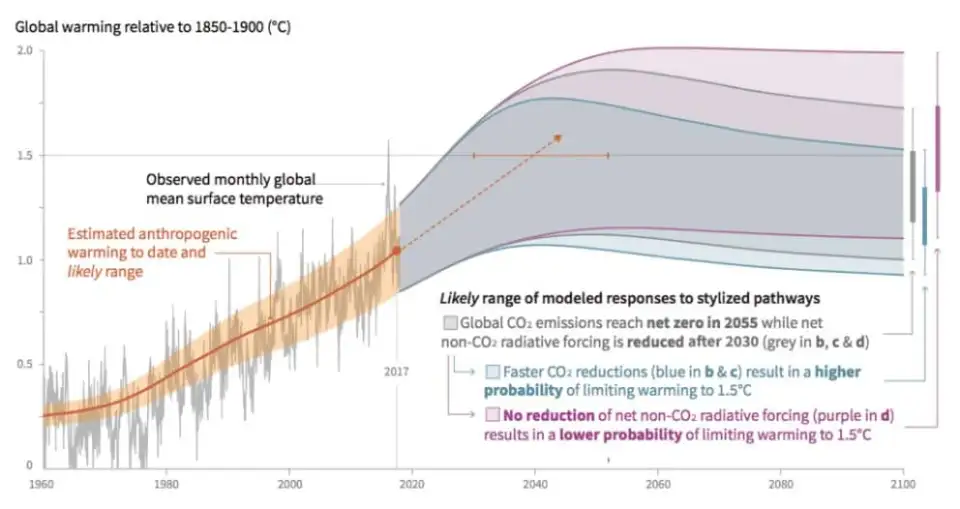
If Carbon emissions were reduced to zero today, mean global temperatures will continue to increase due to the Carbon emissions that have already released.[1] This creates challenges for engineers when designing buildings and infrastructure that must meet the needs for today, but also consider the impact of future changes in climate.

Emissions Reduction & Resilient Design
When designing high efficiency buildings and infrastructure, engineers are increasingly considering Low Carbon Resilience (LCR) in the design process. LCR is a concept of strategically aligning climate adaptation and emissions reduction to enhance the effectiveness of both strategies, avoid risks, and generate economic, ecological, and social benefits.[3]

LCR for Buildings
With increasing global temperatures, building designers often make allowances for larger building mechanical systems. This will lead to an increase in energy usage and higher GHG emissions. By applying the LCR concept, this conflict can be managed or avoided.
As an example, instead of increasing the air conditioning capacity for a building, implementing Passive House design strategies such as high performance envelope systems and exterior shading will reduce building cooling demand. It is this adoption of active and passive strategies that will help building designers develop optimized solutions for future projects.
References:
[1] IPCC 2014 – AR5 Syntheses Report – Climate Change
[2] IPCC 2018 Special Report – Global Warming of 1.5C
[3] SFU Adaption to Climate Change Team – Low Carbon Resilience: Best Practice for Professionals
[4] Cover Image courtesy of https://www.saskatchewan.ca/business/environmental-protection-and-sustainability/a‑made-in-saskatchewan-climate-change-strategy/climate-resilience